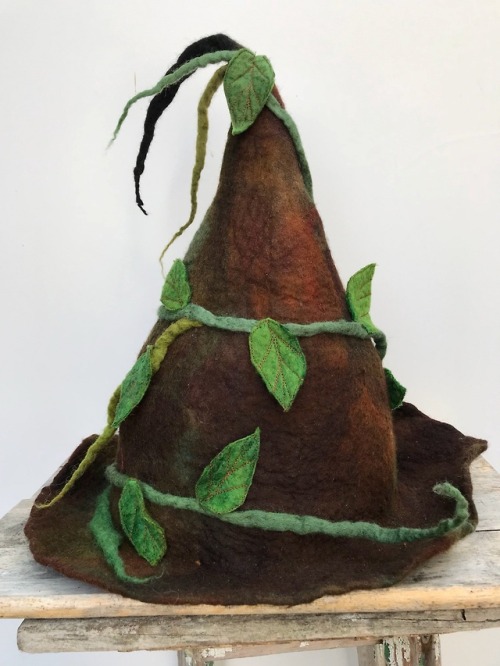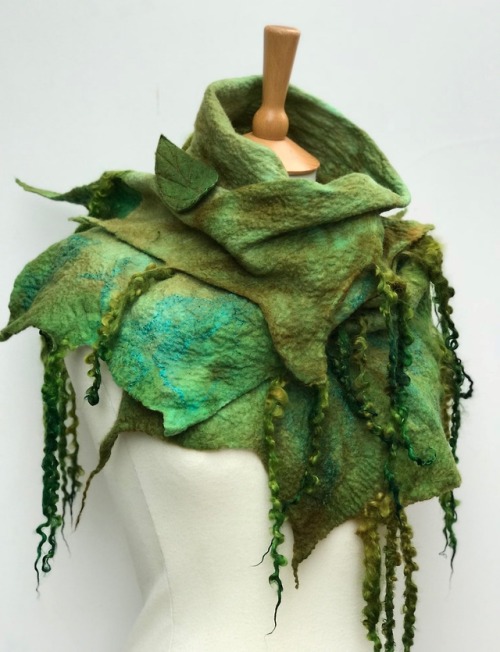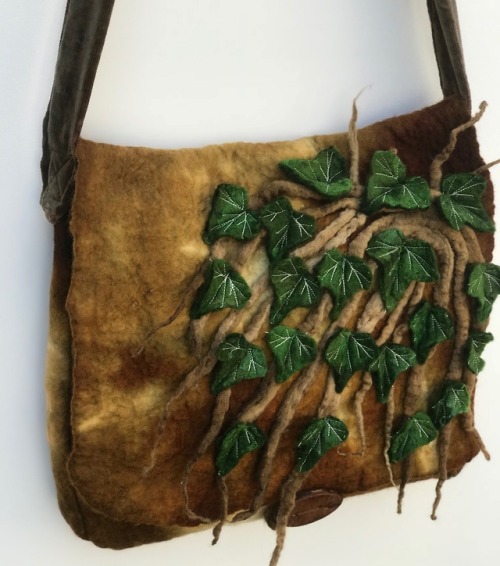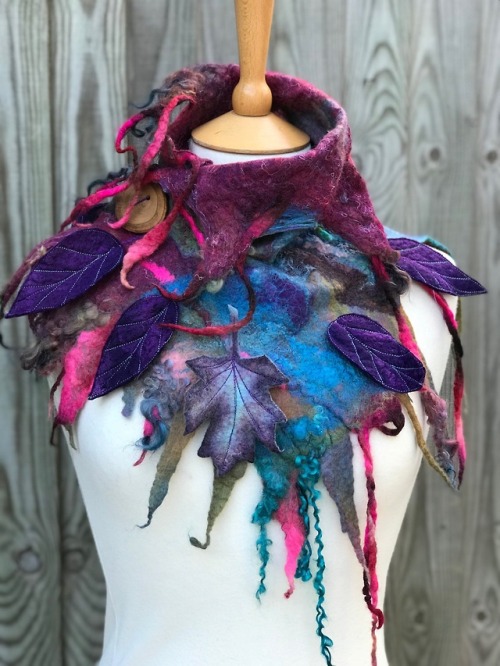A Thing I Really Like About The Cottagecore/farmcore/grandmacore Community, Is The Way Simple Things
A thing I really like about the cottagecore/farmcore/grandmacore community, is the way simple things are romanticized. It’s a break from a culture centered around consuming, and inspires slow living and appreciation for your natural surroundings and simple joys.
To find meaning and happines in tending to your tomatoes, making jam from your grandmother’s recipe, or taking a nap in the sun is such a beautiful thing to me. There is such a feeling of luxury to be able to share a homemade cake with the people you care about, or to be able to give away some of your carrots to your neighbour, it really makes a little feel like a lot!
More Posts from Copperfingertips and Others
The village of Kamikatsu in Japan has taken their commitment to sustainability to a new level. While the rest of the country has a recycling rate of around 20 percent, Kamikatsu surpasses its neighbors with a staggering 80 percent.
video / youtubechannel : Great Big Story

[Shameless self-promotion]
As we observe the winter solstice, my thoughts have turned to how solarpunks approach winter. As the days turn dark and cold, how does a society dependent on the sun continue to prosper?
Keep reading



Printed Solar Bio-Batteries
Led by biotechnologist Marin Sawa, a group of researchers at Imperial College London have devised a way to print solar cells onto paper. They use an inkjet printer to place a conductive layer of carbon nanotubes and a layer of living cyanobacteria to create devices which can capture and store solar energy.
In their proof-of-concept experiment, the cyanobacteria survived the printing process and were able to produce energy from photosynthesis. The trial panel was palm sized and gave enough energy to power a small LED light. Even better, being little more than paper, carbon, and bacteria, the bio-cells are fully biodegradable.
The work is part of an emerging field of science called microbial biophotovoltaics (presumably related to the biovoltaics I’ve mentioned here before) which uses algae and cyanobacteria to generate energy. The energy generated may be small, but it’s also cheap and easy to manufacture, and the microbes can continue generating electricity after dark, using compounds made during daylight.
The bio-batteries aren’t intended to replace standard photovoltaics for large scale energy production. Instead, they can provide an inexpensive and renewable source of energy for specific uses, such as air quality monitors and healthcare applications.
“Imagine a paper-based, disposable environmental sensor disguised as wallpaper, which could monitor air quality in the home. When it has done its job it could be removed and left to biodegrade in the garden without any impact on the environment.” – Marin Sawa
Sawa et al (2017) – open access


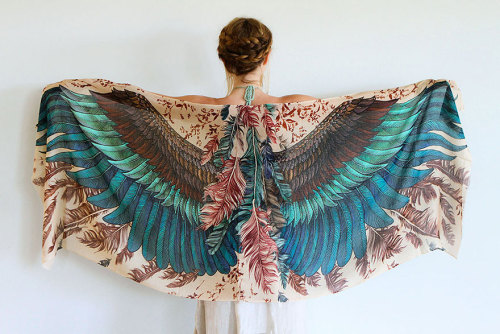


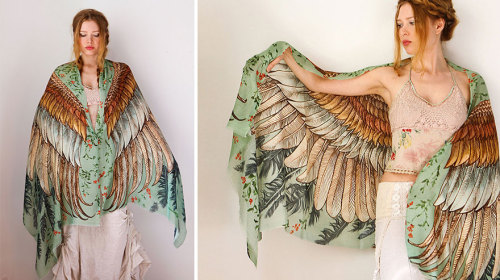

Stunning Conceptual Scarves Mimic the Wings of Birds
Melbourne-based fashion designer Roza Khamitova continuously creates a collection of conceptual scarves, which are inspired by the anatomy of the bird. When each piece is worn as a shawl, it creates the illusion of having enormous beautiful feathers and bird wings.
The stunning illustrations on Khamitova’s pieces are hand-painted and digitally printed on non-toxic and a primarily cotton recyclable material, which is itch-free. You can find more designs and colors of her creations at her Etsy shop called Shovava.

I’ve been thinking about places to live, in the desert and in generally hotter climate, and the idea of underground houses seemed like a good one. For now, here is a stairwell leading down to such a house, complete with tiny greenhouse. It has translucent solar panels as glass, which still let the red light through that plants need most.
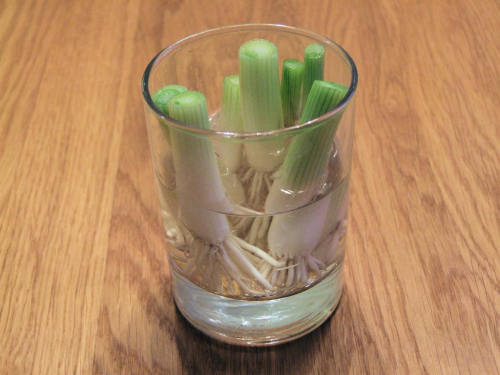
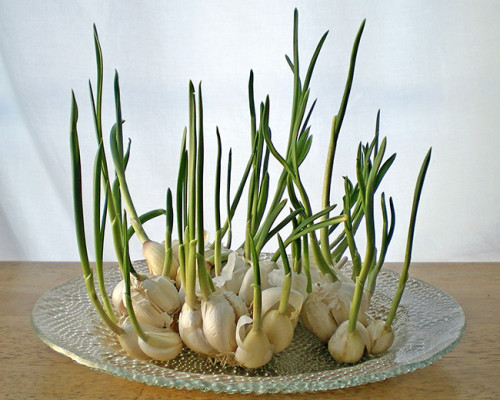
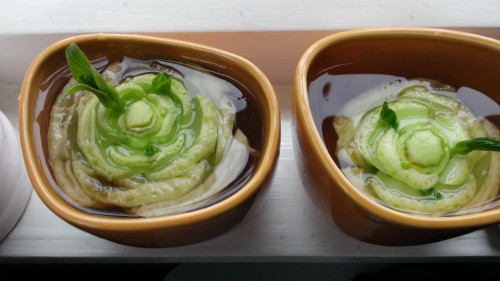
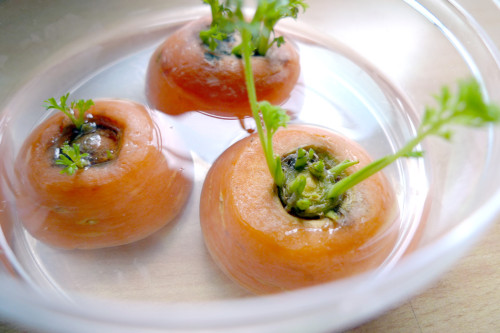
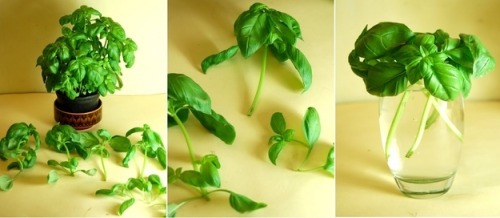

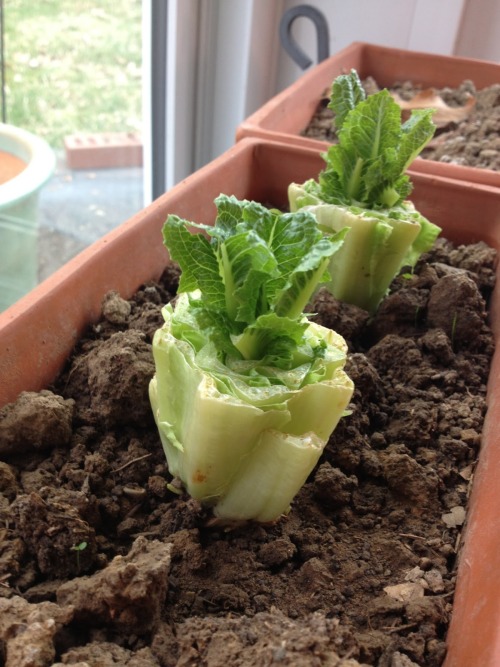
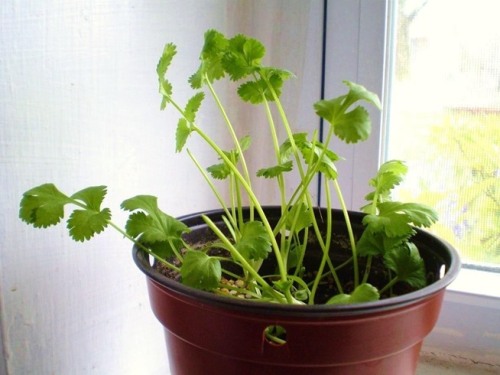
8 vegetables that you can regrow again and again.
Scallions
You can regrow scallions by leaving an inch attached to the roots and place them in a small glass with a little water in a well-lit room.
Garlic
When garlic begins to sprout, you can put them in a glass with a little water and grow garlic sprouts. The sprouts have a mild flavor than garlic and can be added to salads, pasta and other dishes.
Bok Choy
Bok choy can be regrown by placing the root end in water in a well-lit area. In 1-2 weeks , you can transplant it to a pot with soil and grow a full new head.
Carrots
Put carrot tops in a dish with a little water. Set the dish in a well-lit room or a window sill. You’ll have carrot tops to use in salads.
Basil
Put clippings from basil with 3 to 4-inch stems in a glass of water and place it in direct sunlight. When the roots are about 2 inches long, plant them in pots to and in time it will grow a full basil plant.
Celery
Cut off the base of the celery and place it in a saucer or shallow bowl of warm water in the sun. Leaves will begin to thicken and grow in the middle of the base, then transfer the celery to soil.
Romaine Lettuce
Put romaine lettuce stumps in a ½ inch of water. Re-water to keep water level at ½ inch. After a few days, roots and new leaves will appear and you can transplant it into soil.
Cilantro
The stems of cilantro will grown when placed in a glass of water. Once the roots are long enough, plant them in a pot in a well-lit room. You will have a full plant in a few months.




i’ve long waited your arrival; welcome*
Hey solarpunk community! In light of several posts that have been going around, I was thinking it would be worthwhile to talk about the real, physical things we can do to make this world a more solarpunk place. Because speculation and aesthetics and thinkpieces are awesome, but a movement isn’t a movement without real action behind it. So what are things we can all do to make the present closer to our solarpunk future?
-
 milkywaybouquet liked this · 11 months ago
milkywaybouquet liked this · 11 months ago -
 thedoll333 liked this · 1 year ago
thedoll333 liked this · 1 year ago -
 howling--mouse liked this · 1 year ago
howling--mouse liked this · 1 year ago -
 crafthoarding liked this · 2 years ago
crafthoarding liked this · 2 years ago -
 warrenlost reblogged this · 2 years ago
warrenlost reblogged this · 2 years ago -
 disabledfag reblogged this · 3 years ago
disabledfag reblogged this · 3 years ago -
 everybodygotawaterbuffalo liked this · 3 years ago
everybodygotawaterbuffalo liked this · 3 years ago -
 nimbus-tatze liked this · 3 years ago
nimbus-tatze liked this · 3 years ago -
 ericthearchmage reblogged this · 3 years ago
ericthearchmage reblogged this · 3 years ago -
 ericthearchmage liked this · 3 years ago
ericthearchmage liked this · 3 years ago -
 rabbitindisguise reblogged this · 3 years ago
rabbitindisguise reblogged this · 3 years ago -
 selfcareselkie reblogged this · 3 years ago
selfcareselkie reblogged this · 3 years ago -
 basement-baroness reblogged this · 3 years ago
basement-baroness reblogged this · 3 years ago -
 sinnsenke liked this · 3 years ago
sinnsenke liked this · 3 years ago -
 dreamingofwolves liked this · 3 years ago
dreamingofwolves liked this · 3 years ago -
 total-stranger liked this · 3 years ago
total-stranger liked this · 3 years ago -
 alanxkjciwkwn liked this · 3 years ago
alanxkjciwkwn liked this · 3 years ago -
 misty-in-the-morning reblogged this · 3 years ago
misty-in-the-morning reblogged this · 3 years ago -
 the-squeaky-junk-drawer reblogged this · 3 years ago
the-squeaky-junk-drawer reblogged this · 3 years ago -
 stinanoir liked this · 4 years ago
stinanoir liked this · 4 years ago -
 cherub94 reblogged this · 4 years ago
cherub94 reblogged this · 4 years ago -
 praiseandpineneedles reblogged this · 4 years ago
praiseandpineneedles reblogged this · 4 years ago -
 steadywonderdream reblogged this · 4 years ago
steadywonderdream reblogged this · 4 years ago -
 monetsims4 liked this · 4 years ago
monetsims4 liked this · 4 years ago -
 thestrugglingstudentblr liked this · 4 years ago
thestrugglingstudentblr liked this · 4 years ago -
 metapeculiar liked this · 4 years ago
metapeculiar liked this · 4 years ago -
 uiambra liked this · 4 years ago
uiambra liked this · 4 years ago -
 letmesleep8 reblogged this · 4 years ago
letmesleep8 reblogged this · 4 years ago -
 letmesleep8 liked this · 4 years ago
letmesleep8 liked this · 4 years ago -
 acatiac liked this · 4 years ago
acatiac liked this · 4 years ago -
 the-nine-keys reblogged this · 4 years ago
the-nine-keys reblogged this · 4 years ago -
 daithaflu liked this · 4 years ago
daithaflu liked this · 4 years ago -
 comrade-crowley reblogged this · 4 years ago
comrade-crowley reblogged this · 4 years ago -
 overthinkingsackofblood liked this · 4 years ago
overthinkingsackofblood liked this · 4 years ago -
 callmelivv liked this · 4 years ago
callmelivv liked this · 4 years ago -
 alwaystenderness liked this · 4 years ago
alwaystenderness liked this · 4 years ago -
 youngladyliv liked this · 4 years ago
youngladyliv liked this · 4 years ago
